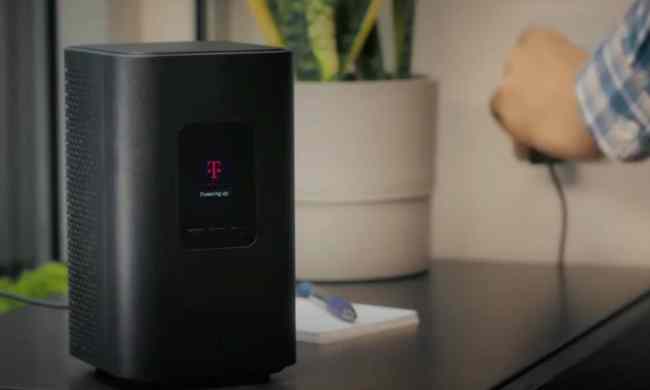Google has discontinued the Pixel 5 and Pixel 4a 5G barely 10 months after launch, the company confirmed this week. While eagle-eyed observers had noticed fluctuating stock levels on both Pixels globally, Google had yet to officially weigh in one way or the other until now.
“With our current forecasts, we expect Google Store in the U.S. to sell out of Pixel 4a (5G) and Pixel 5 in the coming weeks following the launch of Pixel 5a (5G). The Pixel 5a (
While the Pixel 5a 5G offers many of the same features you’ll find in the Pixel 4a 5G and Pixel 5, with the IP67 rating and metal body offering durability boosts over the 4a
This means once the current crop of Pixels sells out, your only hope for a 5G Pixel would be the premium-priced Pixel 6 and Pixel 6 Pro. While it seems counterintuitive for Google to drop its Pixels without even releasing the next batch, it makes a bit of sense. The reason for the Pixel 5a
Fortunately, users in international markets won’t suffer a dearth of cheap Android phones as evidenced by phones like the Samsung Galaxy A52s 5G, the OnePlus Nord 2, Xiaomi’s Mi 11 Lite


